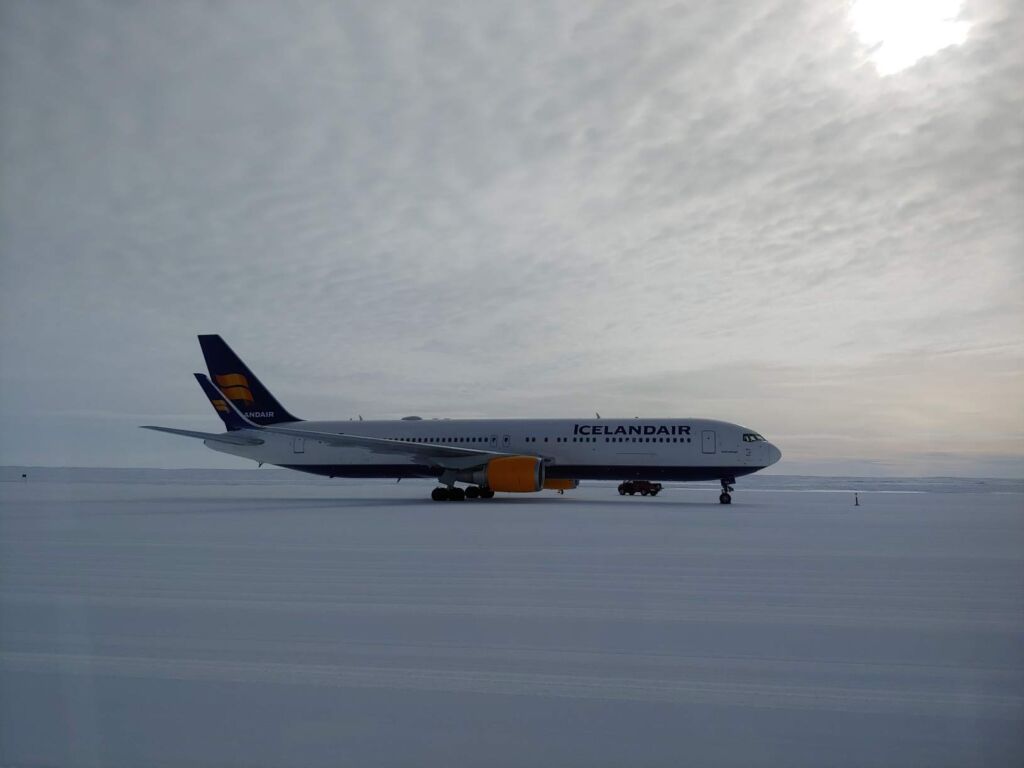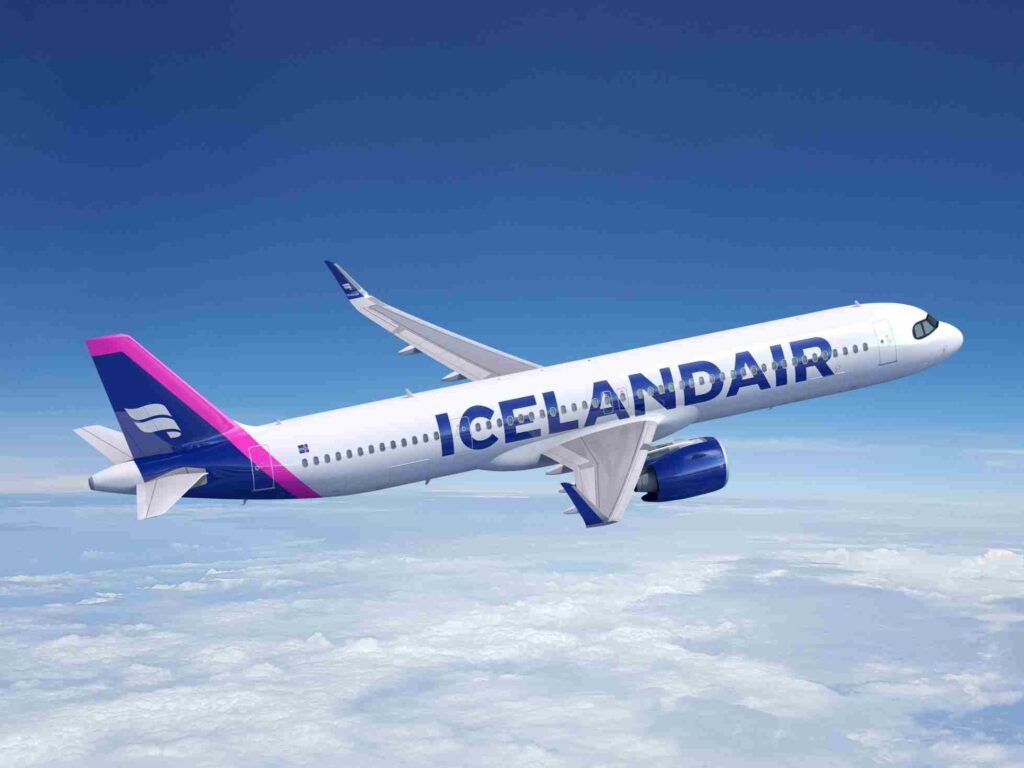Icelandair expands transatlantic routes by introducing its new Airbus A321LR and A321XLR aircraft, marking a major step forward in the airline’s long-term network strategy. These next-generation jets will replace the aging Boeing B757s and unlock new possibilities for connecting Europe and North America through Iceland.
At the heart of Icelandair’s operations is its transatlantic hub in Keflavík, where aircraft fly in from Europe in the morning and head out to North America in the afternoon. The new A321LR aircraft will maintain similar route lengths to the B757s but offer a much more efficient cost structure, according to the airline. This shift will allow Icelandair to increase profitability on existing routes and potentially extend the seasonality of some destinations that were previously only viable in the summer months.
The airline received its first A321LR in December last year and has already begun replacing four B757s. By 2026, three more B757s will be retired, and replaced by additional LRs. While the range remains similar, destinations such as Portland and parts of Florida are expected to benefit from year-round service due to the improved economics of the A321LR.
One notable addition is the new Keflavík–Miami route, which will launch with the A321LR. The route had previously been deemed too risky with the B757 but now becomes possible thanks to the lower costs associated with the LR. This winter service is expected to attract strong demand from both North American and European travelers.
Looking ahead, Icelandair’s future growth will lean heavily on the capabilities of the Airbus A321XLR. These aircraft, set to begin arriving in 2029, will offer extended range and open up new opportunities. The airline is evaluating destinations on the US West Coast, such as California and Texas, and may even explore routes reaching into the Middle East. The increased range of the XLR aircraft gives Icelandair the ability to reach more distant markets while still operating narrowbody aircraft, a key cost-saving measure.
The expansion isn’t limited to North America. Icelandair is also strengthening its connections to southern Europe and the Nordic region. Destinations like Istanbul are now being added, partially thanks to new partnerships that enable better connectivity for Asian travelers via airlines like Turkish Airlines.
These efforts come at a time when inbound tourism to Iceland is under pressure. While 2023 showed a strong recovery, 2024 has seen softer demand, prompting the airline to focus on optimizing its network rather than growing it during peak summer months. Instead, growth will focus on winter and shoulder seasons, where operations are more profitable.
Despite challenges like aircraft delivery delays and competition from neighboring Nordic destinations, Icelandair is staying agile. With the introduction of the A321LR and the future arrival of the A321XLR, the airline is not just replacing old jets—it’s repositioning itself in the competitive world of transatlantic travel.






